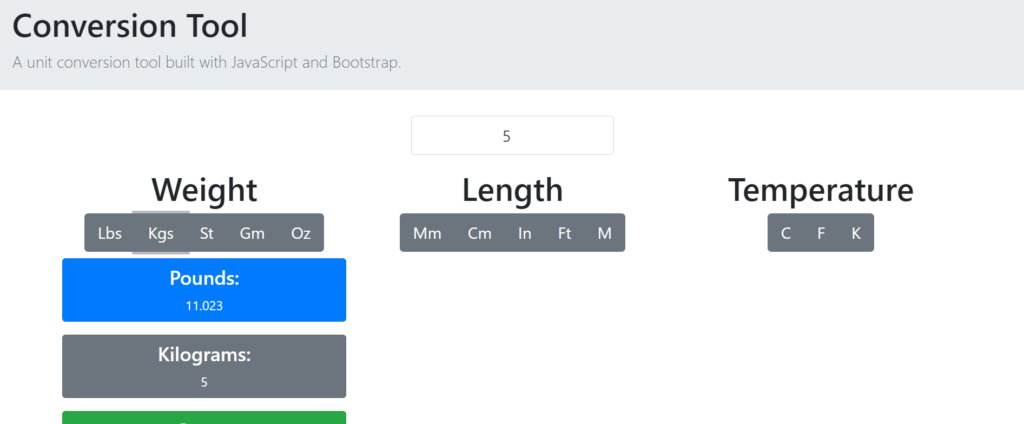In today’s digital age, creating interactive tools on websites has become essential for enhancing user experience. One such practical and versatile tool is a JavaScript calculator. In this blog post, we will explore how to develop a calculator using JavaScript, emphasizing simplicity, functionality, and the importance of using SEO keywords like “calculator.”
What is a JavaScript Calculator?
A JavaScript calculator is a web-based application that allows users to perform basic arithmetic operations like addition, subtraction, multiplication, and division. It provides a user-friendly interface where users can input numbers and operators to get instant calculations.
Why Develop a JavaScript Calculator?
JavaScript is well-suited for building calculators due to its:
- Client-Side Execution: Calculations are performed on the user’s device, ensuring quick responses and reducing server load.
- Dynamic User Interface: Easily create interactive elements such as buttons and input fields for seamless user interaction.
- Versatility: JavaScript can be integrated into any website or web application without compatibility issues.
Key Features of a JavaScript Calculator
A robust JavaScript calculator should include the following:
- User-Friendly Interface: Clear and intuitive layout with buttons for numbers, operators, and special functions.
- Basic Arithmetic Operations: Support for addition, subtraction, multiplication, and division.
- Real-Time Calculation: Instant display of results as users input numbers and operators.
- Error Handling: Manage invalid inputs or operations gracefully to enhance user experience.
Steps to Develop a JavaScript Calculator
- Planning and Design: Define the layout and functionality of your calculator, including the user interface elements and desired features.
- Implementation: Write JavaScript functions to handle user inputs, perform calculations, and update the display dynamically.
- Testing: Thoroughly test the calculator to ensure all operations work correctly and handle edge cases like division by zero.
- Integration: Integrate the calculator seamlessly into your website, ensuring it complements your overall design and enhances user interaction.
SEO Tips for Your Calculator
To optimize your calculator page for search engines:
- Keyword Optimization: Use important keywords like “calculator,” “JavaScript calculator tutorial,” and “build a calculator in JavaScript” naturally within your content.
- Meta Tags: Craft a meta title and description that accurately describes the content and include your focus keyword.
- Content Quality: Provide detailed explanations, benefits of using your calculator, and practical tips to engage readers and encourage sharing.
- Mobile-Friendly Design: Ensure your calculator is responsive and performs well on all devices, enhancing user accessibility and SEO rankings.
Conclusion
Developing a calculator for your website can enhance user engagement and provide a valuable utility for visitors. By following the steps outlined in this guide and focusing on SEO best practices, you can create a functional and user-friendly calculator that meets both user needs and search engine requirements.
Start integrating a calculator on your website today and enhance user interaction with intuitive computation tools!




